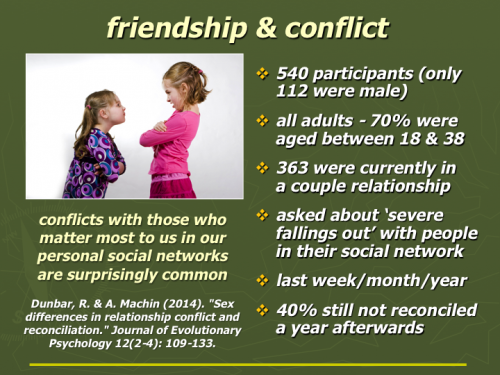A fun exercise for increasing intimacy in couple relationships
Last updated on 20th June 2021
The Journal of Positive Psychology regularly publishes very interesting, helpful articles. One that recently caught my eye is titled "The marital version of three good things: A mixed methods study". OK, maybe not the most catchy title, but the reference to 'three good things' hooked my interest as this is a 'solo exercise' that can be so helpful in nourishing our sense of gratitude, appreciation & wellbeing. For more on the 'solo exercise', see this post on "How to live well ...


